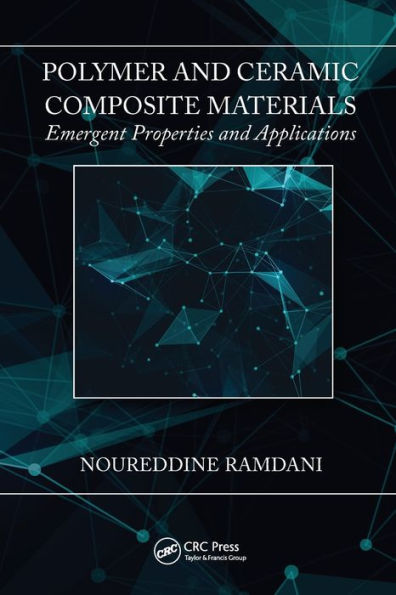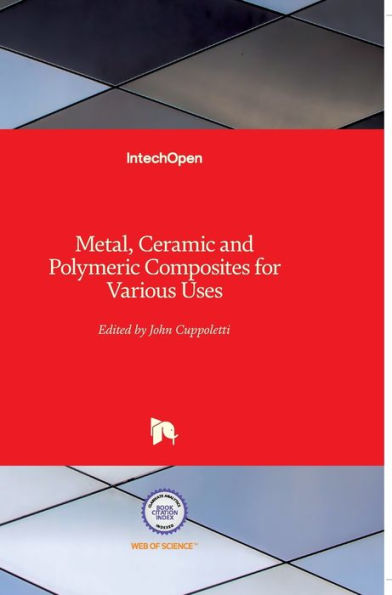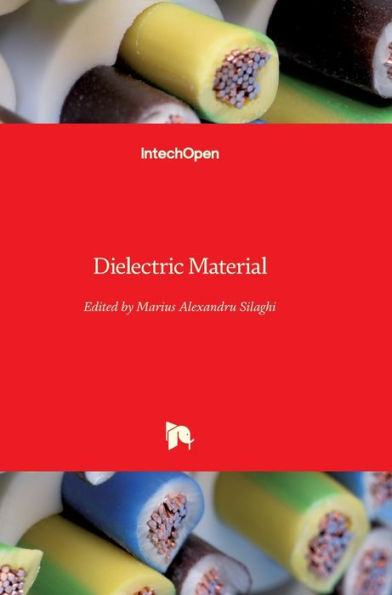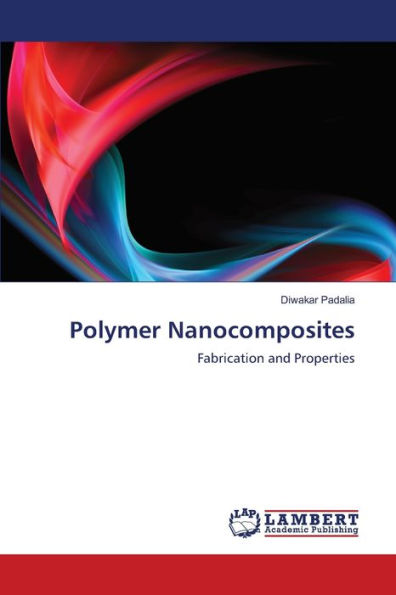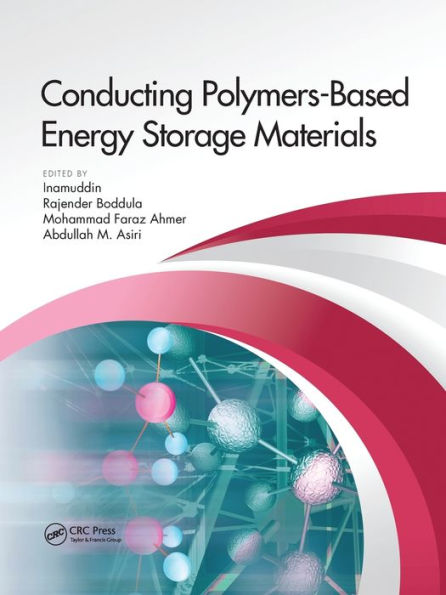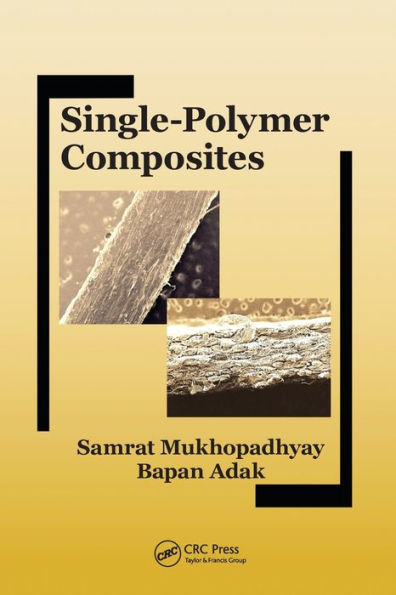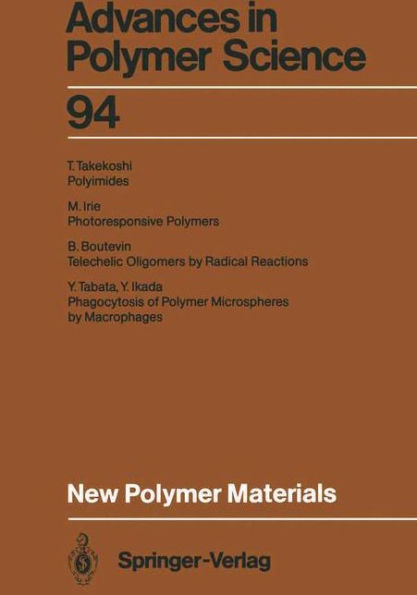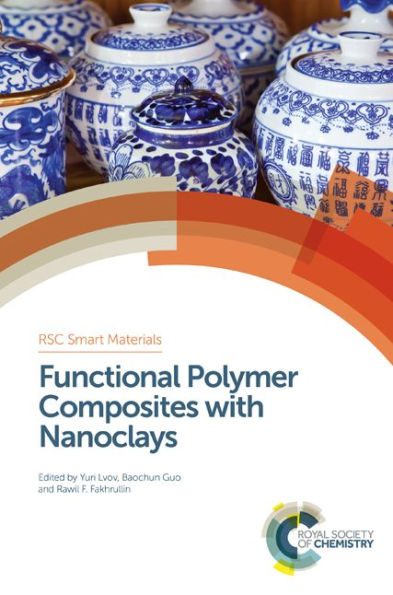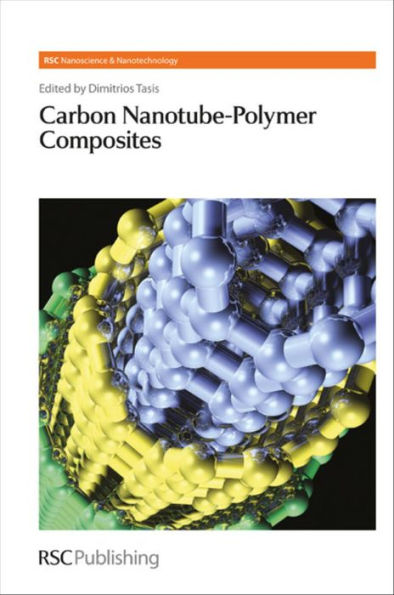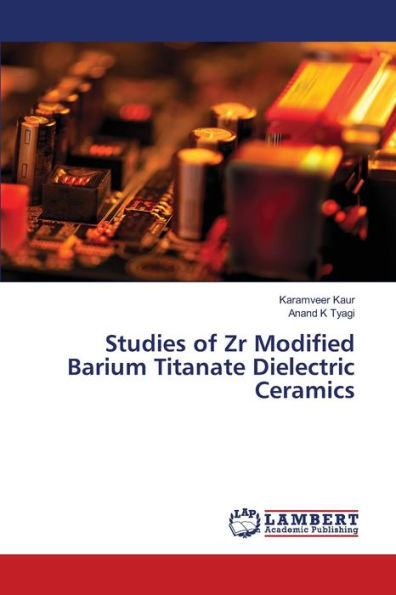Home
Polymer-Ceramic Composites as Dielectric and Piezoelectric Material


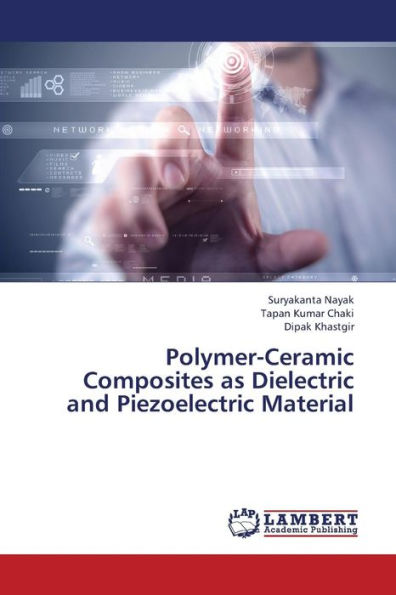
Polymer-Ceramic Composites as Dielectric and Piezoelectric Material
Current price: $43.09
Loading Inventory...
Size: OS
Polymer nanocomposites were prepared via room temperature mixing of polydimethylsiloxane (PDMS) and polyurethane (PU) elastomers as base matrices and titania nanoparticles (both normal and heat treated) as filler material. In case of polyurethane-titania nanocomposites two different mixing methods were used whereas polydimethylsiloxane-titania nanocomposites were prepared using two different types of titania particles, namely normal and heat treated ones. Different characterization techniques like fourier transform infrared (FTIR) spectroscopy, X-ray diffraction (XRD), thermogravimetric analysis (TGA), dynamic light scattering (DLS), high resolution transmission electron microscopy (HRTEM), field emission scanning electron microscopy (FESEM), and scanning probe microscopy (SPM) were used for these composites. The composition dependent electrical resistivity and dielectric properties of these composites were also measured. The effect of pressure on both DC resistivity and dielectric constant was studied for the PU-TiO2 nanocomposites and found that both resistivity and dielectric constant changes with applied pressure which is again composition dependent.

